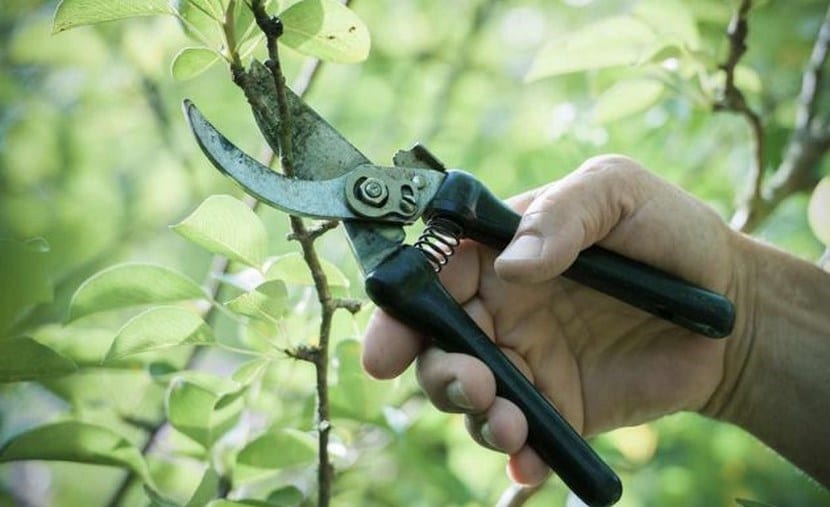

Many plants need some cuttings in order to renew themselves and regain strength, but the cut will depend on the species, as well as the time in which the pruning is carried out.
There are different pruning types and today we will review the most frequent ones in order to know the map of possibilities to be executed according to the characteristics and needs of each plant.
Formation pruning
One of the most common prunings is the formation pruning, which helps trees and shrubs to achieve a strong and stable structure. It consists of eliminating the parts of the plant that do not serve to sustain the specimen over time in the correct way, removing energy. In many cases, training pruning includes the use of metal or wooden guides to orient the branches of the plant.


Clamps
To develop the plant and reduce volume at the same time, the gripswhich is a pruning in which small cuts to the youngest brancheslowering the shoots a few centimeters. This helps new side branches to develop and the plant has more and more volume and strength.
Sanitation pruning
Then there is that pruning that serves to remove parts of the plant that are damaged. Is the call sanitation pruning and with it dry or broken branches are eliminated.
These are the three most frequent prunings, which are applied to numerous species when what is sought is a correct development of plants and trees. Then there are the more specific prunings that are carried out only in some species, such as fruiting or flowering pruning.


